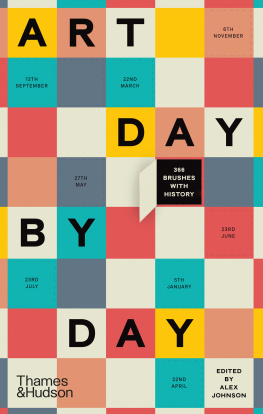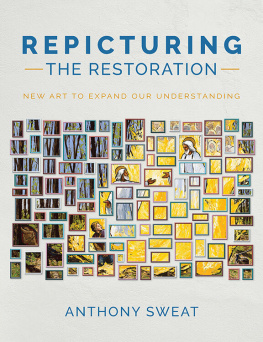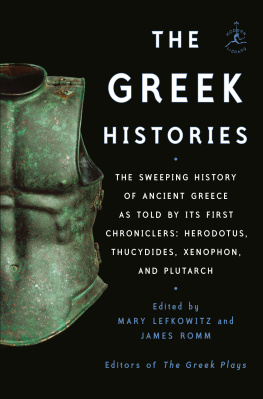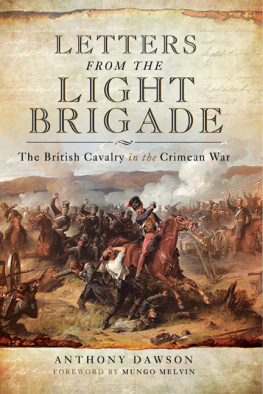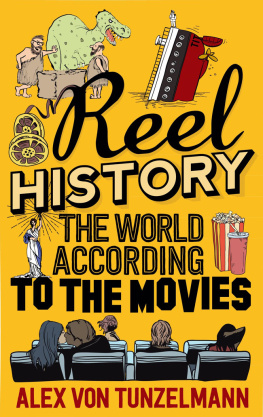

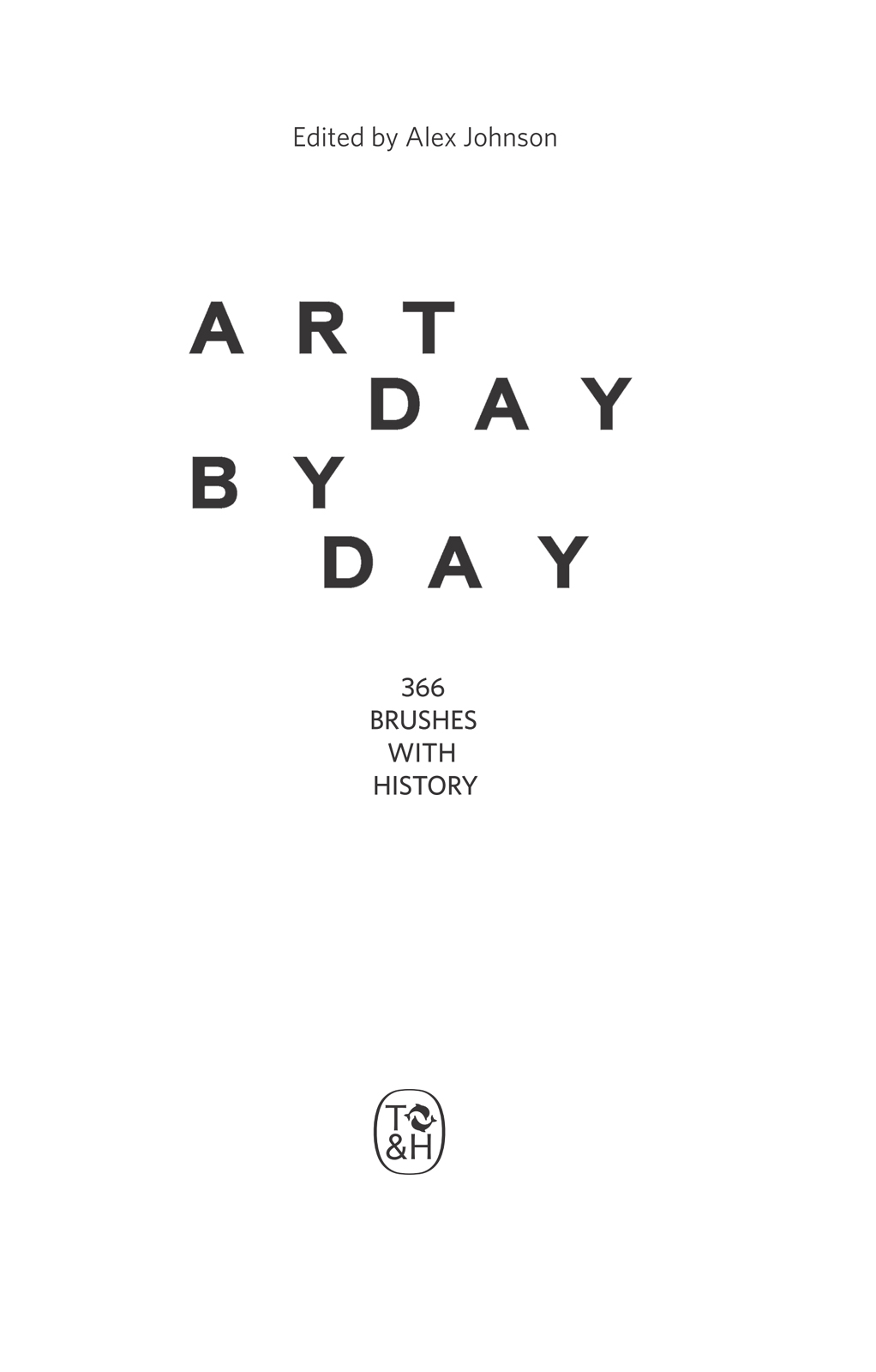
About the Author
Alex Johnson is a journalist and writer. A regular contributor to the Independent and The Idler, he also runs the popular design and lifestyle blogs, Bookshelf and Shedworking. He has written several books, including Bookshelf and Improbable Libraries, both published by Thames & Hudson.
Other titles of interest published by
Thames & Hudson include:
History Day by Day: 366 Voices from the Past
Edited by Peter Furtado
You Are an Artist
Bob and Roberta Smith
The Pursuit of Art: Travels, Encounters and Revelations
Martin Gayford
Be the first to know about our new releases,
exclusive content and author events by visiting
www.thamesandhudson.com
www.thamesandhudsonusa.com
www.thamesandhudson.com.au
To Wilma, Robert, Edward and Thomas
Contents
Historians tend to take the long view. They examine the growth of movements, the developments of trends, ongoing phases, long sweeps of time, decline and fall. There is nothing wrong with this, except for the danger that it can relegate the individual act or the moment of revelation to a position of less importance.
The 366 snapshots in time from around the world and throughout history featured in this book aim to redress that balance, whether that is the first work of art made in space (18 March) or dinner inside a giant dinosaur sculpture (31 December). Using diaries, posters, letters, catalogues, autobiographies, advertisements, television listings, speeches, transcripts, cartoons, song lyrics and interviews, it offers an important event that happened on that day in the history of art. Here are famous paintings, comic strips, photographs, ancient sculptures, murals, manifestos, births, marriages and deaths, from the genius of the old to The Shock of the New, and terracotta soldiers to a self-shredding Banksy.
Each entry begins with a quote, giving artists, critics and commentators their voice to speak directly to us, followed by a note of explanation to illuminate its importance and a brief round-up of other events on that day. Not every entry is momentous, but all are significant. Yes, there are thefts, murders and eureka moments, but there are also President Theodore Roosevelts doodles and Michelangelos kidney stones. Every day has a story to tell.
So here is the moment when the ancient statue of Laoconand His Sons is dug out of the ground fifteen hundred years after it is described by Pliny the Elder. We sight the Easter Island statues and Tsar Alexander III opens the first Faberg egg. Edward Hopper finishes Nighthawks. Apollinaire records his thoughts on seeing sketches by Picasso for Les Demoiselles dAvignon. The Etch A Sketch goes on sale. The Rebel starring Tony Hancock premieres and Brian Ward takes the album cover photo for The Rise and Fall of Ziggy Stardust and the Spiders from Mars. Judy Chicago opens The Dinner Party. Saddam Husseins statue is toppled in Baghdad.
Each entry can be read entirely on its own although I hope the accounts will also be signposts to longer journeys. Van Goghs diaries are fascinating and freely available online. The full story behind Thodore Gricaults Raft of the Medusa (glimpsed on 2 July) is remarkable. There is only room to touch on Rembrandts inventory of possessions, but a longer investigation is certainly worth the effort.
However you read it methodically day by day, randomly as it falls open, by your familys birthdays I hope you find plenty to enjoy and much food for thought.
1 JANUARY

The first iron bridge opens to the public, 1781
Of the iron bridge over the Severn, which we crossed and where we stopd for half an hour, what shall I say? That it must be the admiration, as it is one of the wonders, of the world. It was cast in 1778, the arch is 100 feet wide, and 55 feet from the top of the water, and the whole length is 100 yards; the country agreed with the founder to finish it for 6,000 and have meanly made him suffer for his noble undertaking. After this survey, we entered Mr Banks iron furnace (on the hillside) and were most civilly shown by him all the astonishing progress of such (hellish hot) manufactories; he employs 700 workmen and said there were seven other neighbouring furnaces of the same size; judge then of the flourishing state of this branch of trade, and how it must enrich this vicinage and the kingdom! Every cart belonging to this trade is made of iron and even the ruts in the road are shod with iron!
John Byng, diary entry, July 1784
The worlds first cast-iron bridge made a lasting impression on English traveller and diarist John Byng (17431813) when he first visited it in Shropshire. Designed by local Shrewsbury architect Thomas Pritchard (17231777) working with iron manufacturer Abraham Darby III (16781717), who owned the ironworks where the bridge was cast, it enabled goods to be transported easily across the river as the area forged the Industrial Revolution. Scaffolding and a wooden framework were used during construction and about three-quarters of the bridges components were made individually and fitted together using carpentry joining techniques, such as dovetail joints.
From its opening on New Years Day, 1781, tolls were collected on the bridge until 1950 the sign outside the tollhouse specifically states there is no exemption for serving soldiers, mail wagons and members of the royal family. Although it became a scheduled monument in 1934, the iron bridge came close to being demolished and replaced in the 1950s but has now been recognized as a UNESCO World Heritage Site.
Its picturesque gorge setting has attracted many artists, including English painter Michael Angelo Rooker, whose 1782 engraving so entranced US president Thomas Jefferson that he hung a copy of it in the dining room of his Monticello home in Virginia. In 1979, as part of its bicentenary celebrations, the Royal Academy of Arts in London held an exhibition of art depicting the bridge from its construction to the present day called A View from the Iron Bridge.
While it entranced Byng, topographical writer the Reverend Richard Warner was not so sure when he visited the area in 1801, describing it as:
A scene in which the beauties of nature and processes of art are blended together in curious combination. The valleywould be exceedingly picturesque, were it not for the huge foundries, which, volcano-like, send up volumes of smoke into the air, discolouring nature and robbing the trees of their beauty; and the cast heaps of red-hot iron ore and coke, that give the bottom ever burning with solid fire more the appearance of Miltons hell than of his paradise.
ALSO ON THIS DAY1944: Death of English architect Sir Edwin Lutyens (see ) 1999:Girl with a Pearl Earring by Tracy Chevalier is published 2001: In Magnuson Park, Seattle art group Some People anonymously erect a replica of the monolith in
Next page
